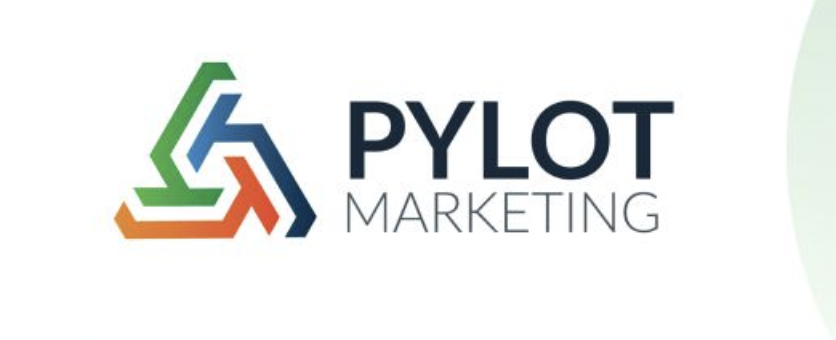Here’s What You Should Know About Full Stack Development
Technology has made knowledge so readily available that we no longer need to break a sweat to learn about anything new to us. However, programming words remain fairly difficult to grasp, particularly for people unfamiliar with the world of coding. Full Stack development is one of the most prevalent programming concepts we hear, and here’s what you should know about it:
- Full stack development traces its origins back in 2008.
Randy Schmidt, managing director of the Burns & McDonnell Terminals and Pipeline Group, was the first to use the term “full stack web developer” on June 3, 2008. He was alluding to Tom Preston-Werner, Jason Tremblay, and Geoffrey Grosenbach when he said that a full stack developer is someone who performs design, code, style, markup, and behavior. Later, more programmers followed suit, and the term “full stack development” became commonly used in the programming community.
- The term web development was coined in 1999 but became popular in 2004.
Darcy DiNucci originated the phrase web development in 1999. It quickly became associated with full stack development due to the ease with which user interfaces could be created at the time. Because to this, developers in the 1990s and 2000s were able to work on both frontend and backend projects; however, web development and full stack development are now distinct words.
- 3. Full stack development means knowledge in both front and backend development.
A full stack developer is someone who is proficient in both frontend and backend web development. Because of their excellent talents, full-stack developers are in great demand in the tech business.
- There are 19 kinds of developers.
While most people are familiar with frontend, backend, and full stack developers, there are really 19 other types of developers. Middle-tier, web, desktop, mobile, graphics, gaming, big data, DevOps, CRM, embedded, WordPress, security, and both high- and low-level developers are all included.
- There are 710 coding languages all over the globe.
Understanding the technical and sophisticated needs of many coding languages is one of the cornerstones of understanding full stack development. Yes, there are 710 coding languages in the world, each having its unique set of principles and uses.
- Full stack development is one of the most in-demand jobs over the last few years.
The IT sector is expanding at an unprecedented rate, resulting in a flood of new employment, particularly in web, software, and full stack development. Indeed, full stack development was named second on the list of the Best Jobs for 2018.
- It is predicted that there will be 27.7 million developers around the world by 2023.
Four of the top ten billionaires in the world according to Forbes are CEOs or founders of technology companies: Amazon’s Jeff Bezos, Microsoft’s Bill Gates, Facebook’s Mark Zuckerberg, and Oracle’s Larry Ellison. Their success in technology has spurred many to pursue a career in the same industry, and there are now more than 23 million developers worldwide, with that figure anticipated to rise to 27.7 million by 2023.
- According to the US Bureau of Labor Statistics, growth in web developer jobs will increase by 27% by 2024.
There were over 91 accredited, full-time boot camps with 18,000 alumni in the 2016 Coding Bootcamp Director of Course Report. This indicates that more people want to pursue a profession in coding and web development. This figure is expected to rise even further, with web developer employment growth reaching 27%.
- Being a full-stack developer has a lot of benefits.
Knowing both frontend and backend programming provides you an advantage in the IT business. Aside from increased employability and pay, it’s also simple to improve your abilities through training and boot camps that teach you new coding languages.
- A full stack developer’s salary is as high as its demand.
According to Indeed, the average annual pay of a full-stack developer is $111,640. That’s much more than a frontend developer’s annual income of $88,680 and a backend developer’s annual compensation of $70,676.
So, are you ready to become your own full stack developer?






